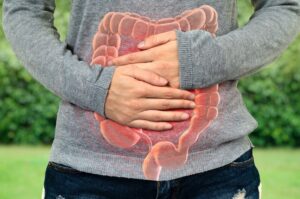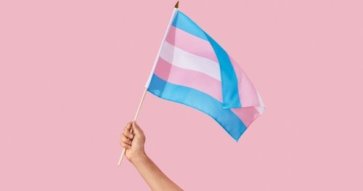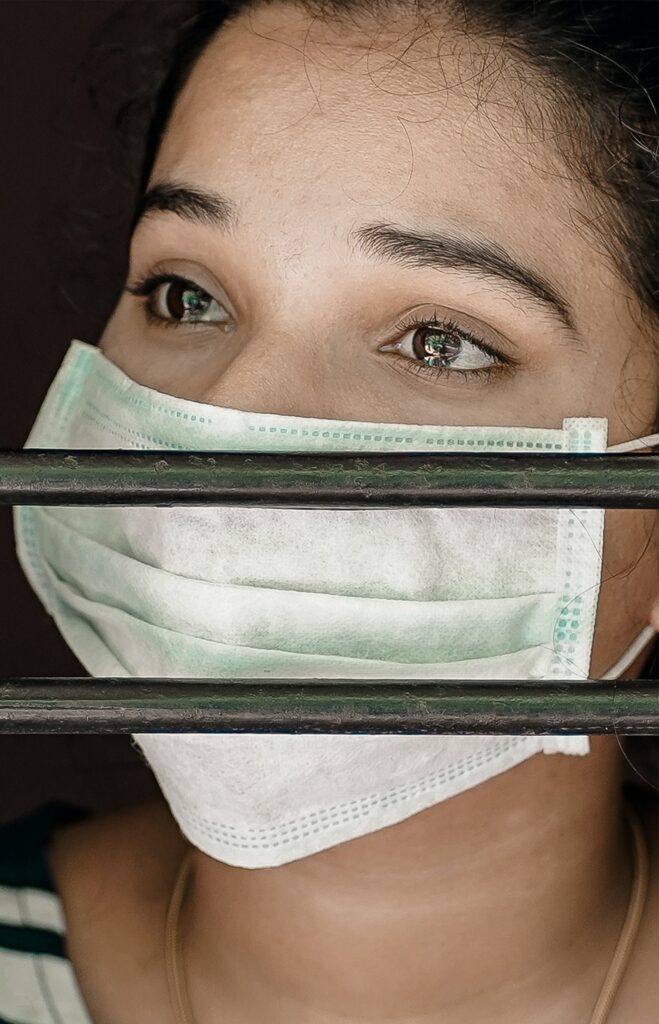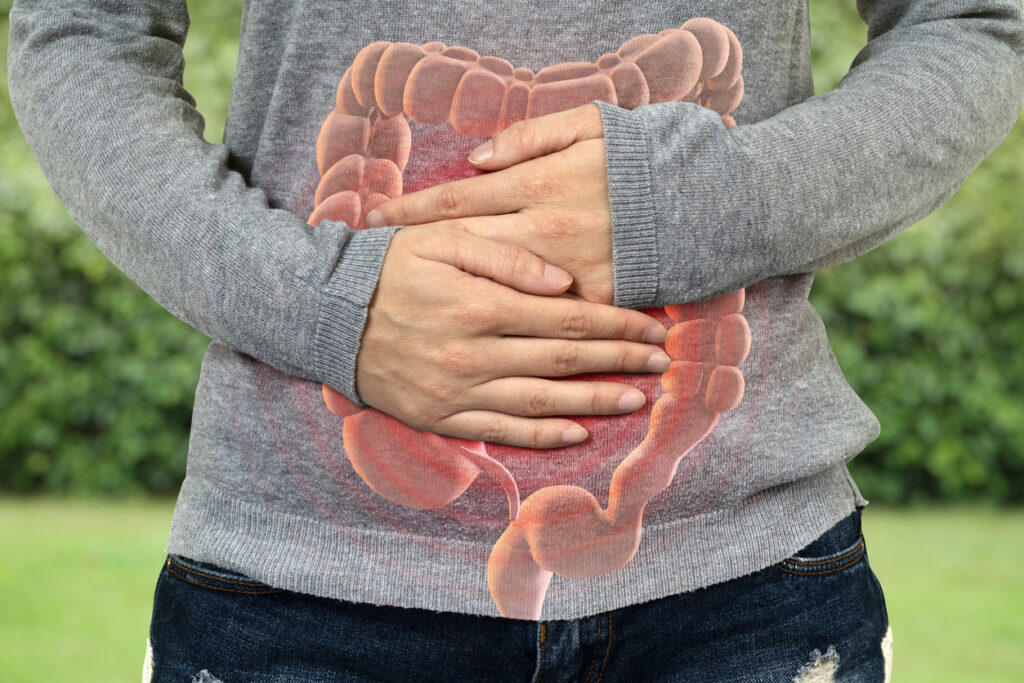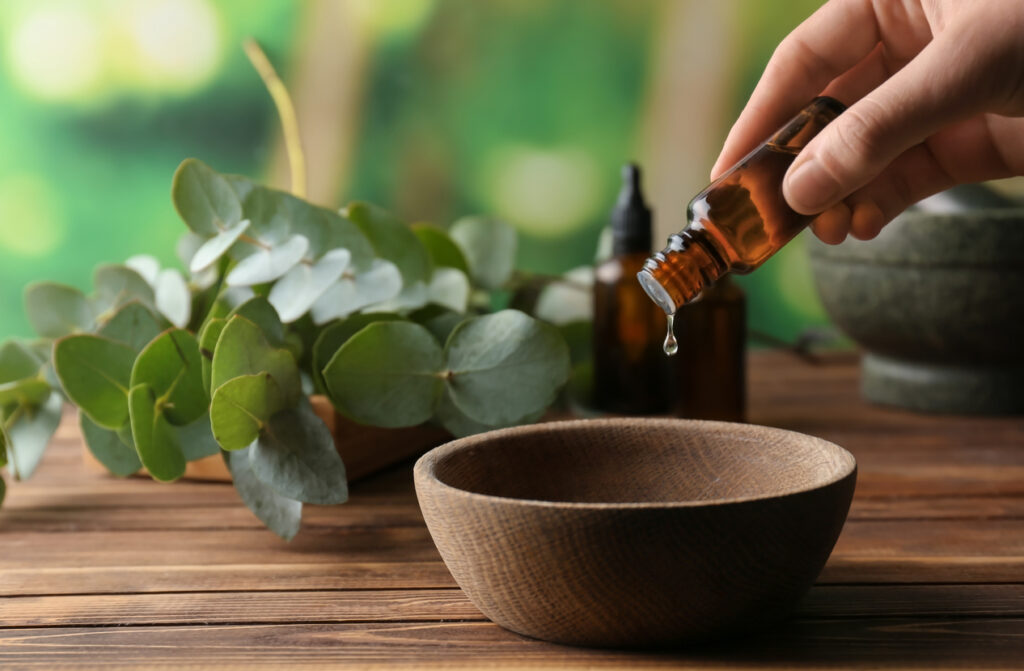By Sophia Caudle, PhD
The COVID-19 pandemic has triggered everyone all around the world at the same time. The most common feelings that people are reporting are fear, anxiety, and loneliness, oftentimes with no clear pathway to feeling grounded again due to the uncertain nature of the pandemic’s timeline. Unacknowledged grief is also being triggered for most people during the pandemic. For example, a 22 year old male client has been experiencing flare-ups with his OCD, and his generalized anxiety and sex addiction have been triggered since the beginning of the pandemic. However, after guiding his therapeutic work into his deep, original grief, which he describes as not feeling connected or nurtured by his parents, he is now more effectively understanding and processing his grief, and his symptoms referenced above have drastically reduced. I have seen this pattern with many clients who experience reduced daily triggers after digging deep into their original grief work.
When grief is triggered, especially when we are unaware of our grief being triggered, it can create an intensity attached to the feeling we are currently identifying, because it traces back to our original grief. Original Grief, copyrighted by grief researcher and psychotherapist Sophia Caudle, is the perceived awareness of our earliest emotional woundings©, and when this gets tapped into, whatever we are currently dealing with seems exponentially more severe. Original grief typically is formed ages 0-5, when we are most vulnerable to being shaped by life’s circumstances. The foundational emotion attached to the pandemic is grief, and grief, if not acknowledged, felt, and addressed, will continue to trigger the more easily identifiable emotions such as fear, anxiety, depression, and whatever other feelings and reactions typically present for people in a crisis. The COVID-19 pandemic is a perfect example of how understanding the different types of grief, especially original grief, can be helpful to us when we experience current daily triggers, because our deep grief awareness can better inform the tools we implement to ground ourselves.
The most easily identifiable grief the COVID-19 pandemic is creating for people is traditional grief. Traditional grief is the grief we feel when someone dies. Traditional grief, for many of us, is the only type of grief of which we are aware. Most of us are only aware of acknowledging grief for ourselves or others in the event of death and dying, and the biggest fear about COVID-19 is the fear and possibility of getting sick and that either we or a loved one will die. According to the COVID-19 tracking website Worldometer, as of September 2020, almost 188,000 Amercians have died from COVID-19, and there have been approximately 664,000 deaths around the world, excluding the United States. When we see the numbers of COVID-19 related deaths around the globe, it is easy to become overwhelmed by fear and anxiety. It is also easy to think if we or a loved one contracts COVID-19, death is inevitable.
Another type of grief that is widely prevalent during the time of COVID-19 is ambiguous grief. Ambiguous Grief© (Caudle, 2018) is the grief felt when a relationship ends or when we lose a loved one in our life who is still living. Ambiguous grief is also felt when we lose something important to us, or when we have the awareness of something important we never had. According to Pauline Boss, the principal theorist of the concept of ambiguous loss, the grief felt by ambiguous grief can be ongoing because there is no closure as there is in traditional grief. During the pandemic, ambiguous grief has certainly been ongoing for many of us. Most of us have lost relationships, lost in-person connections, and lost our ability to move around our communities. Most people do not realize the primary emotion being triggered is ambiguous grief, and typically, if we do not know what we are feeling and where it comes from, then we can not effectively address it. Instead, people may believe they are feeling anxious, scared, or lonely when in reality their deep grief is being triggered and the felt awareness is anxiety and fear. Also, since there is no real sense of when the pandemic will be over, and there is no sense of a projected closure date, ambiguous grief is constantly present and creating ongoing insecurities for many.
There are many types of ambiguous grief being triggered by the pandemic. The ambiguous grief I am seeing most is the grief felt from the loss of daily interactions with others due to physical distancing. This has created a sense of feeling isolated and lonely for so many people. So, many of us are feeling ambiguous grief due to the loss of in-person relationship interactions. The interactions we are missing can be either significant relationships or random interactions with people we do not know well at all. For instance, a simple conversation with the checkout person at the grocery store or a simple chat with a stranger in a park can serve as a type of spontaneous connection, and for many of us, these interactions are not occurring. Live human interaction is sorely missed during this time, and our brains are noticing the loss of connection. As John Bowlby the renowned attachment theorist acknowledged, humans are hard-wired to connect, and the pandemic has removed person to person connection for many people. Some people who live alone or are in other isolating living circumstances have not had a face-to-face conversation or felt a hug from another person in five months or more, and this is tapping into their deepest sense of original grief aloneness. For instance, my client Charles has not left his apartment in over eight months due to his fear around COVID-19 and his other health concerns. Charles lives alone and has not attended in person Alcoholics Anonymous meetings since the pandemic began. Charles has also not experienced human touch in over eight months, and he describes feeling the effects of that unfortunate reality as ‘constant loneliness and depression’. Charles is experiencing deep grief around the loss of his ways to connect with others in a face to face manner.
Another type of ambiguous grief most of us are feeling is the sadness around the loss of our ‘normal’ way of living life. For example, leaving our homes to go do anything; grocery shop, work, school, spiritual gatherings, and socializing are all activities we used to be able to do without thinking about our health being in jeopardy, and now either these ways of living have been stripped from us, or we must prepare for our safety in order to do them at all. So many regular activities have been lost to us since the onset of the pandemic: marriages, funerals, graduations, birthdays, going away celebrations, sports, competitions of most kinds, and many types of intimacy. Most of us took many of life’s daily activities for granted before the pandemic. Now we are feeling ambiguous grief because much of what we used to do is not possible at this time. We are feeling a loss of our freedom to connect and move about in society.
Physical distancing during COVID-19 has forced us to learn how to have intentional connections with others rather than spontaneous connections if we want to feel emotionally healthy as well as maintain healthy relationships. Intentional connections during COVID-19 are exactly what they sound like, ways of meeting with others that we discuss and agree upon as related to social connection, safety, and virus prevention. So, rather than communicating and deciding what fun activity we are going to do, we are actually planning with whom, as well as how, we want to connect in a safety-related manner. COVID-19 has forced many people to make decisions about who we want in our inner circle of social connections. People who are being responsible and observing CDC recommendations during COVID-19 have chosen a short list of friends they can trust to socialize with during this time. Some relationships are blossoming and some are deteriorating. Living in isolation is difficult for many, and not everyone can handle conscious connection for safety purposes. For many of us, the removal of spontaneous interactions has required us to pivot and create new ways of connecting. Zoom, FaceTime, Skype, and many other platforms have been utilized frequently during the pandemic in efforts to connect. For those who have been able to transition into intentional connection during COVID-19, most are doing fine, but for people who are stuck in their original grief and not knowing how to create intentional connections, many are not doing well. A recent publication by Cullen, Gulati, and Kelly in QJM: An International Journal of Medicine predicts heightened isolation-related mental health impacts like depression, anxiety, and post-traumatic stress, which have already been identified during the pandemic in China. Further, literature from Jiang Du and colleagues with the Drug Abuse Treatment Department at the Shanghai Mental Health Center suggest that those with substance use disorders and addictions are particularly sensitive to the stress and potential for maladaptive coping styles during periods of isolation with the pandemic. Finally, relationship issues and domestic violence are trending upward globally following stay-at-home orders, quarantines, and social isolation, according to research published by Brad Boserup, Mark McKenney, and Adel Elkbui in The American Journal of Emergency Medicine.
As noted, people in addiction recovery are especially triggered during the pandemic because the shelter in place regulations require disconnection, and addiction recovery is about learning how to connect. One of the main components of addiction recovery is to learn how to have healthy relationships and connect deeply with others, and when in-person therapy sessions, group therapy, 12 Step Meetings, etc. are removed from the recovery plan on an in-person basis, it can be difficult for people to pivot and learn connection via teletherapy or video meetings, especially when connecting was a challenge before the pandemic. Some people in recovery have transitioned nicely to video meetings and others have not, and for those who have not adjusted easily, recovery may be at a stand still, or possibly even in a relapse. Fortunately, some people in addiction recovery have used the extra time to do more recovery work, more self care, etc. while acknowledging their grief, and this has provided an opportunity for further growth. Grief awareness and utilizing recovery tools to intentionally connect are critical to staying in sobriety and recovery. I facilitate two meetings on the largest global addiction recovery website In The Rooms, www.intherooms.com, one meeting is Codependency, Grief, and Relationships, and this meeting has doubled in its weekly attendance due to COVID-19. Also, I created the Coronavirus Support Meeting every Monday on In The Rooms, and for eight months, we have had over 100 attendees participate. In fact, the entire website, In The Rooms, has doubled in membership since the pandemic began. People in recovery are trying to find various methods of connection, even though in person meetings are not possible at this time.
I believe that the different types of grief created by the pandemic, such as traditional and ambiguous grief, are also connecting back to people’s original grief, and therefore increasing the intensity of emotions. As stated previously, this author identified original grief as the grief felt with the perceived awareness of our earliest emotional woundings©. I believe that whenever we feel highly activated or charged, our original grief is being tapped into by whatever current trigger is occurring in the moment.
Jaak Panksepp’s research in his text Affective Neuroscience states that grief and social bonding are related together in the mammalian brain. A lack of social bonding, or feeling of loneliness, is also what we feel when we feel grief. Grief is the experienced and felt loss of a lack of social bonding. Essentially all grief is connected not only in our brains, but also in our feelings and in our bodies. For instance, a current feeling related to grief, sadness, or aloneness is going to track back to our original grief and therefore make today’s feelings feel more intense or charged. In this way, original grief is being tapped into today, during the pandemic, because at some point, we are feeling fear, anxiety, aloneness, and/or loss. And, because the trigger is safety-related and there is a possibility of sickness or death, the depth of the grief is beyond today’s situation and actually connects back to the deepest and most disturbing grief we have ever experienced. Stated differently, our original grief is being tapped into daily due to the pandemic’s daily triggering of fear, loneliness, and uncertainty.
A specific example of how daily triggers can connect back to one’s original grief is in the case of abandonment. During the pandemic, if one is feeling isolated and lonely, and original grief is abandonment from parents or other primary attachment figures, then the current feeling of loneliness will connect back to early childhood abandonment and the feeling will feel more intense. This can also be the case if physical and/or emotional safety is a part of our original grief, because both are being triggered due to COVID-19. As an example, one of my clients, Colleen, experienced abandonment from her father in her early teen years, and her experience was horrid, including lack of food and utilities. Also, her mother was so distraught after Colleen’s father left home that she abandoned Colleen emotionally, so Colleen has always reported feeling deep aloneness. During the pandemic, Colleen’s abandonment schema has been triggered again, because of the constant isolation. Colleen feels like she has been abandoned and forgotten by the world. In her treatment, we are using this time to dive deep into her original grief, which she reports as, ‘I do not matter to anyone, not even my parents, who are supposed to love me’. Treating Collen’s original grief is also soothing her current sadness about feeling alone and forgotten during the pandemic, because both are connected together in her social bonding neural pathway. Conversely, if we only addressed Collen’s current feelings about COVID-19 and loneliness, we would not be entirely addressing all that affects her, because her original grief would still continue to be tapped into, thus it would serve as an unknown trigger for loneliness. It is in this way that knowing our original grief can be a very empowering process to identify and treat not only our foundational aloneness, but also the current triggers we experience as adults.
The pandemic is certainly a trigger for most of us during this unprecedented and difficult time in our world. If we can be aware of some of the deeper feelings underneath, like the various kinds of grief, then we can be more self aware and take active steps to healing our ultimate trigger of original grief. The deep grief awareness of original grief can empower us to heal not only our foundational pain, but also the current triggers of today.

